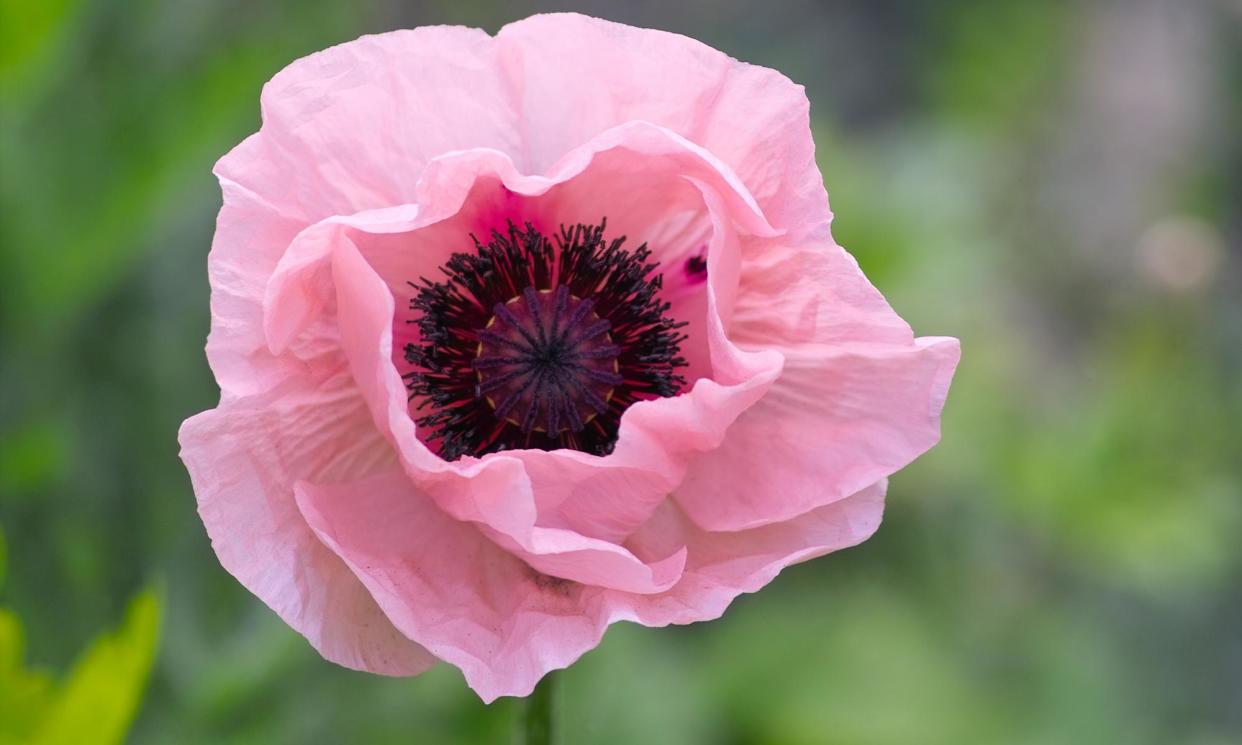An ode to poppies: the prettiest, trickiest stars of summer gardens

I wasn’t one of those kids who had their own plot in the garden. I count myself fortunate to have had access to a garden and a feeling of comfort in roaming the nearby fields, but I was so bookish that I preferred rainy- day indoor play to playing outside. Nevertheless, it’s interesting which plants we carry from our childhoods into our adult gardens: for me, a key one is Papaver cambricum, or Welsh poppy (AKA Notpoppies in our house, named by my Yorkshire grandfather, with according accent, after he – wrongly – identified them as such).
Tiny, yellow, rebellious: for so long I resisted such things in my own garden, preferring the grand structure and swag of Icelandic poppies (heaven in a vase) or flashier summer flowers. But your roots get you in the end, and this spring I rehoused half a dozen self-seeded “Notpoppy” plants that had smuggled their way from the garden of my upbringing into my parents’ miniature (if verdant) town courtyard. My home feels more like home with each one that opens.
Poppies can be a pickle if you don’t have several years in the same plot to get them going. They don’t like having their roots messed with, so they tend to succeed best when sown direct – this often requires having “well prepared soil” with seed drills and no weeds and no molluscs to munch seedlings. Once they emerge, their gorgeous papery flowers last only days before the petals blow away: a lot of cumbersome greenery for a short show.
You can buy them established from nurseries now – or nab a clump from a friend’s garden
Simultaneously, if you have poppies that you don’t want (such as the Welsh poppy or its dazzling orange companion v. Aurantiaca) they will haunt your garden. I bathed in the delights of Sissinghurst Castle Garden in Kent in the first days of June, where the finely balanced palette of whites, purples and pinks was gleefully interrupted by the odd rogue red poppy. Good for them.
Still, I can’t shake the habit. I sowed Papaver orientale ‘Coral Reef’, an imposing oriental poppy with crinkled pale pink flowers the size of teacups, four autumns ago. They now hang out in the gravel garden, and while their flowering is variable, I love the form of their foliage regardless.
Poppies are best sown in spring or autumn – they’re hardy annuals – but between their presence at Chelsea (I usually count at least a dozen of the deep purple P. orientale ‘Patty’s Plum’) and them turning up in tree wells and pavement cracks across cities at this time of year, I associate them with this ripening of summer. You can buy them established from nurseries now (or nab a clump from a friend’s garden they’ve chosen to dominate), but better to note down which varieties you enjoy spotting elsewhere and scatter liberally – whether into seedling pots or direct – come the autumn.


